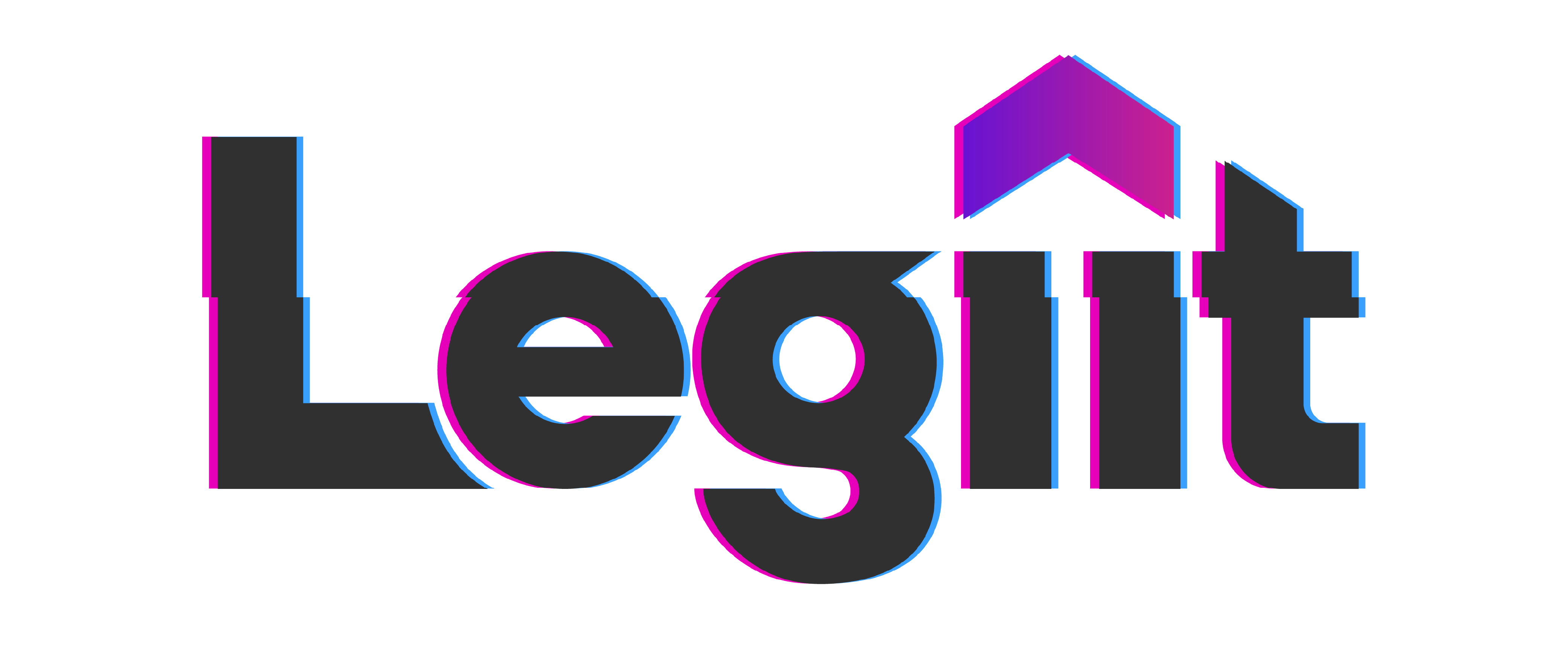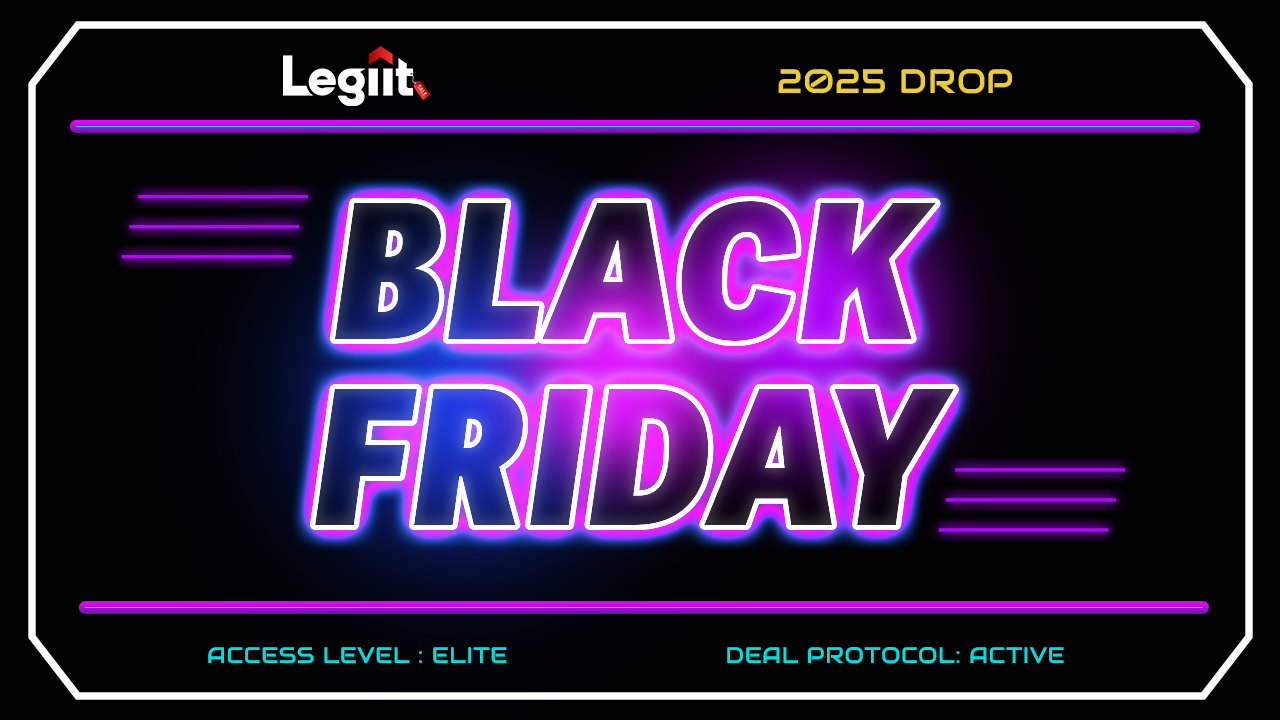There is no debate; link building is not important for SEO in 2024. It is the 3rd important component to rank high. The first two are quality content and on-page SEO.
Businesses that compete to rank on SERP spend 28% of their marketing budgets to build links, according to Authority Hacker.
The pages that rank on top on Google tend to have an average of 3.8 more backlinks than others, according to Search Logistics.
So backlinks are important, but it’s the hardest part of SEO as well. Not only does it involve creating high-quality content and persuading competitors to link to your site, but it's also a time-consuming task. That's why businesses don’t bother with it and hire professionals.
But if you are an individual with a small budget, then how to build links to your website?
Don't worry; there are many techniques that you can apply to build links. However, you will need certain skills. Read on to learn different methods of how to build links.
How Do I Build a Link?

There are different ways you can build a link. Here are the most prominent ones.
Earn Natural Backlinks:
Natural links are when you write high-quality content, and other websites point a link to you. These links are best for SEO, but they are hardest to acquire.
To get natural links, you must be credible and authoritative besides creating high-quality content. This is almost impossible if your site is new.
But then, how do I build links to my website that has recently launched?
Well, until you become a brand in your niche, you can run a survey, create statistics, or conduct research to get natural links.
If this method is not your thing, you can execute an external link building strategy to get high-quality links.
Buy External Links:
This is the easiest method to get quality links. Even though paid links can be high-quality and help you rank high, Google considers it spamming.
Then why do most people still buy them? The thing is, the Google team doesn’t manually search links to determine their quality.
They are dependent on algorithms, so people do it as long as they are not detected.
But because this road is paved with pitfalls. We don’t recommend it.
Request a Link:
Now, this is a little harder than the previous one, but it is safe and effective. Here, you request others for links, and in return, you benefit them in some way.
The process is hard because you have to create high-quality content, find emails, and persuade others to point a link to your site. You’ll also face rejections in the process, so keep patience as you execute it.
What are the easiest ways to earn links to a website?
Link building is undoubtedly one of the most powerful ways to increase website traffic and visibility in SERPs. However, it can be difficult to know where to start when looking for ways to earn links. Fortunately, there are some simple and easy strategies that can help you get started with link building.
From guest blogging to digital PR, these are some of the easiest ways to build links back to your website and drive more organic traffic.
Competitor’s Backlink Analysis:
One of the easiest ways to get a link to your website is by analyzing your competitor’s backlink profile.
Analyze competitor's backlink profiles to find out what sources they are getting links from. And cherry-picks high-quality, relevant sources.
After that, try to create better content than your competitors and out-reach the sources that you short-listed.
Make sure to personalize the email and clearly explain how you provide value to them.
Broken Link Building:
It involves finding broken links, or 404 pages, on your target websites and offering them live links to your web pages instead.
Most website owners don’t bother mending broken links to old content. So, invest your energies in finding link building opportunities in recently published articles only.
Guest Blogging:
Reach out to the bloggers and editors in your industry and offer to write a guest blog post for free in return for a link.
You’ll have all the control here: from the website to the article or even the sentence you want to get a link from. Hence, don’t waste the opportunity to build a high-quality link to your website.
Identify the content gaps in the existing content, research it thoroughly, and write a superior article that adds value to their website’s content.
Linkable Assets:
Create digital assets that are helpful for other people. They’re more likely to use it or link back to you. These assets can be videos, podcasts, images, infographics, E-books, or free tools.
Leverage Local SEO:
For small businesses with a physical location, local SEO is a great way to earn links. This involves getting listed in local directories or getting reviews on sites like Yelp or Google My Business.
It also helps boost your website visibility and rankings for relevant terms in local search results.
Private Blog Networks (PBN):
A private blog network is a bunch of sites that only provide backlinks. It’s an easy way to get a link but a bit risky. That's why we don’t recommend this unless you are an expert.
What are 7 Creative Ways To Earn or Build Links to Your Site?

We have plenty of articles on how to build links on our Legiit Blog. However, there are various creative ways to build links to your website. Let's see what they are.
HARO
Help a Reporter Out (HARO) is a platform where journalists request a source and experts provide it.
It's a win-win situation; the journalist gets information without spending hours. And you get links from big news sites like the New York Times or INC.
Here’s how to get started:
Head to the haro, and You’ll see two buttons.
I’m a journalist. I'm a source.
Hit the source and sign up.
Now, HARO will send you emails three times a day at 5:35 a.m., 12:35 p.m., and 5:35 p.m., Eastern time, so you can start pitching.
Here are some tips to increase the odds of getting links since HARO is competitive Set up your email filter so that you only get relevant requests and react quickly.
According to HARO, journalists make up their minds about which pitch they want within an hour.
After setting up the filter, read the request carefully; if you find yourself a fit with the journalist criteria, only then reply.
In the pitch, your subject line should be catchy. Your pitch must have no grammar mistakes or irrelevant information.
Before sending a pitch, spend time humanizing it. Mention the reporter's name, keep a friendly tone, use personal experience, and last but not least, keep it short, between 150 to 300 words.
Skyscraper
The skyscraper technique is when you find an existing and relevant article with a lot of backlinks in your niche.
You improve it further, reach the website with links pointing to the article that you now have improved, and ask them to swap links to your improved article.
There are 3 steps to follow.
Step 1:
Find an article with lots of backlinks using Semrush’s backlink analytic tool or Ahref’s Explorer.
We’ll go with Semrush backlink analytics. Put the competitor domain name in the bar. Hit the analyze button.
Once you get results, hit the indexed option above, and you’ll get a list of articles with backlinks.
Choose content that is relevant, and you can improve and move to the next step.
Step 2:
It’s time to improve the content. At this stage, the most common mistake people make is they improve content for the sake of improvement and not for the reader.
What do I mean?
People believe that improving an article means extending a 2000-word piece to 4000 words. This method isn’t effective. Instead, focus on providing value – even if the article remains at 2500 words.
Make it up to date, cut irrelevant information or outdated stats, and add valuable content that the previous article missed, and you’ll be good.
Step 3:
Now, reach out to people with a personalized pitch and ask them to link instead to you.
Link Inserts
Link insertion is the technique of asking other websites to point their link to your website. But if you ask them without offering anything in return, it doesn't work.
So, there are different ways to persuade them to link to you.
The first one is to offer to rewrite an old article, but you might not get the desired results. Nobody cares about the old articles that are probably not getting traffic.
So now comes the broken link building technique.
Broken link building is when you find active site articles linking to dead pages. And you request them to link to your live articles.
Here’s how to get links to your website by executing a broken link building strategy:
- Find recent articles that are getting traffic, as no site wants its loyal audience to end up at a dead end.
- Head to the ahref's explorer, and enter the domain name of the website you want to find dead pages.
- Once the list appears, Sort it by links and filter 404.
- You’ll get a list of dead pages and the number of links pointing to them. Hit the recent button in the upper right corner, and you’ll find the most recent articles.
- When you find ideal dead pages, reach out to the webmasters and show them the dead pages they are linking to, and offer your relevant link.
Make sure to offer relevant articles. Otherwise, all the efforts are in vain.
Roundup Articles
Round-up articles can be a list of products, ideas, or industry news in your niche. Reporters and bloggers publish them weekly or monthly, gathering information from various sources.
You pitch them with your round-up article, and if they like it, you earn a quality link.
These bloggers or journalists are easy to find on social media.
Write your keyword plus link round-up on Twitter or LinkedIn, and you’ll find them.
Then, make a list. Write a high-quality article and make sure to Gather information from a reliable source.
After writing the article, write a personalized email and explain to them how your content is relevant and can benefit both sides (especially them).
Returning the Favor
This technique works most of the time unless the person you are applying this technique to doesn’t like your favor.
The idea is that you do a favor to your competitor first, and they’ll return the favor.
For instance, most of the time, people mention your name in their articles, but they don’t link to your website.
One way to get a link from them is to ask them directly to link your website. The odds are fifty-fifty; it might work or might not.
But how about you show a list of articles with their names on it but no link pointing to them?
Yes, we’re talking about the unmentioned brand links…
And also offer them that you can send an email to those who didn't link back to them if they return the favor and link to your website. (You can find that list using Ahrefs)
Now, your chances of convincing them are sky-high.
Another tactic is to share people’s stuff on social media and your site. And hope that they do the same. Just don’t go and ask to share your content. That’s a big no-no.
Digital Press Release
Press release (PR) is when a business gets news and wants to share it with people through the media. That news can be your recent product development, new hiring, or any newsworthy announcements.
The benefits of a Press release are you get free traffic and a high-quality link from the authoritative news website. However, If done right, this technique is also widely misused.
In a press release, you must create something that the reporter wants. So, write on a newsworthy topic with tons of data. Your top priority should be audience and link building secondary.
So, write an attractive headline that makes the audience click on your article. Write a grabbing introduction to hold the readers. Write an interesting body, and don’t spam it with links.
Another best thing you can do is don’t use 3rd person POV. Instead, use your business name to increase awareness.
Once the quality content is ready, release it on a platform, i.e., Presswire or Newswire. You also must pitch the reporters who publish relevant articles.
This process takes time, but it's worth it.
Answering Your Inbox
If you are old in the game, your inbox might be filled with spam messages. And you’re probably doing what all of us are doing, ignoring them.
However, if you spend time and read some of the messages, you can find good websites that want a link from you.
So, instead of sending hundreds of outreach emails, give them what they want, and in return, ask them to link back to you.
Exchange Testimonials
Exchanging testimonials is a technique to get a link from businesses by giving them testimonials.
But you only approach those from whom you bought services or products, used and liked them.
Here’s how to do it.
- List down relevant products or services that you used. Now, find their contact.
- You can manually find it from the About Us pages, or you can use a service such as Find That Lead.
- Next, write an email offering a testimonial, but don’t negotiate about a link at this point. Your goal at this stage is to get them to accept the offer.
- Once accepted, Write an honest testimonial to improve their leads.
After submitting it, they’ll probably want to link to your website. But if they don't, ask them after some days.
How to Build Links to Your Website?

To build website links, you need tools, skills, and patience. There are a lot of good tools like Ahrefs and Semrush out there that can help. But you need to be skilled to use them.
More than all, you need to keep patience, as link building is no hours or a day game. It can even take months, depending on the competition and the number of links you want.
That’s the precise reason why business owners leave this job to professionals. So they can use their different skills on different tasks.
If you need professional help, we’ve got you. At Legiit, we have hundreds of link building services and experts that bring traffic and converts.
Conclusion
Link building is still important in 2024; it is complicated. You can acquire links in various ways. They can be easy, creative, or just hard. You’ll even find a lot of techniques that are considered unethical by Google but still work.
Different types of links can yield different results. Some of them are best to drive traffic and rank high, and some of them are to improve SEO, not to bring traffic.
If you are new and don’t know how to build links to your website, it is a smart choice to get help from a professional. It will save you precious time. You can find SEO experts who make a living doing SEO at Legiit.
Navigate through the website to find experts with exceptional ratings and hire them to grow your web traffic.
FAQs

Is link building free?
It is free if you do it on your own. But if you are to hire service, then it’s not. The exact cost depends on your unique needs. But usually, businesses spend between 1000$ to 5000$ on their link building campaign, according to Conell.
Is link building good for SEO?
Yes, it is easily the most important factor in your SEO campaign. It increases the credibility in the sight of Google and helps in the rankings.
How do I find link building opportunities?
There are hundreds of opportunities out there. One of the best ways to find them is to keep an eye on your competitors. Find out the source from where they are getting links. And you are more likely to get from that source, too.
What makes a good backlink?
There are four important elements that make a quality link.
- Links that occur naturally (which is neither paid nor asked) have more value than any other backlinks.
- A link that comes from powerful sites such as Forbes or the New York Times is good – even if you apply some technique to acquire them.
- A link that comes from a relevant site has more value in Google’s sights than an irrelevant site.
- A good link is a do-follow link rather than a no-follow link
How many links are good for SEO?
Fifty to a hundred links are enough if you are not competing with sites like MedlinePlus, INC, or Backlinko.








 Up & Coming Talent
Up & Coming Talent




 Download
Download